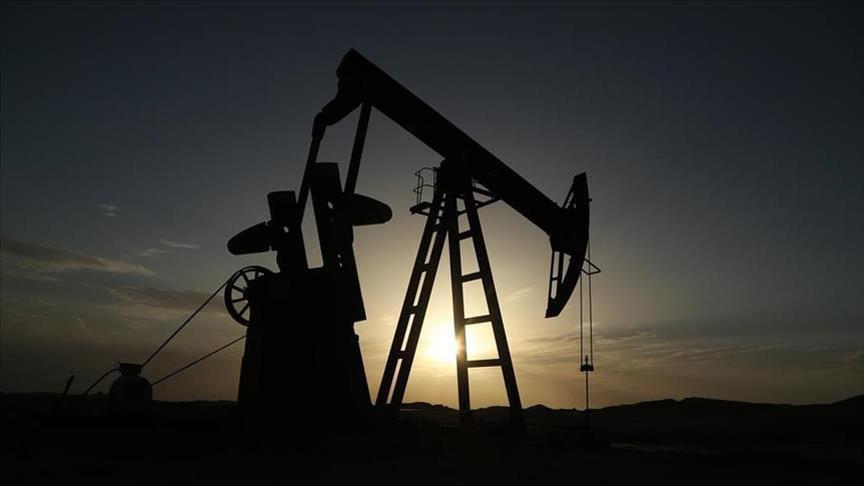The government of Kazakhstan will invest around $2.7 billion in a state-run program to collect geoscience data as it looks to boost the exploration of fossil fuels and mineral reserves of the country, senior state officials said on Tuesday.
Officials in Nur-Sultan are now working to expand the country’s mining sector and diversify hydrocarbon exploration through attracting private-sector investments worth 800 billion tenge ($2.1 billion) over the next five years. At the same time, the government is expected to budget another 200 billion tenge or $530 million for the project that is slated to be completed by 2025.
‘‘As a part of the state program, about 680 billion tenge are expected [to be invested] in hydrocarbons [exploration],’’ said Magzum Mirzagaliyev, who heads Kazakhstan’s ecology, geology, and natural resources agency, according to a report by Informburo.
‘‘We are [also] planning to attract more than 100 billion tenge of investments in the exploration of solid minerals,’’ he added.
The project is expected to help expand the geological exploration of the country’s vast territories, replenish its mineral resource base, switch to the digital industry, and develop local infrastructure. In addition, it will also establish conditions to create thousands of new high-quality jobs in the country.
Meanwhile, the government hopes that the document will help identify 50 potential exploration projects that could be among the first targeted.
As of today, Kazakhstan is ranked the world’s ninth-largest crude oil exporter and holds three percent of the world’s total oil reserves, placing it in the number 11 globally and making it the third-largest oil producer in the Caspian region, after Russia and Iran. Sixty-two percent of Kazakhstan’s landmass sits on areas containing oil and natural gas, and there are 172 oilfields throughout the country, of which more than 80 are under development. More than 90 percent of Kazakhstan’s oil is concentrated in its 15 largest fields, which include Tengiz, Karachaganak, and Kashagan.
The country stepped into the global oil market in 1993 after the country’s government and American oil titan Chevron agreed to establish a giant oil-production venture, Tengizchevroil, to produce oil in two big fields near the Caspian Sea. In 1997, Kazakhstan signed a production sharing agreement (PSA) with seven international companies, including Agip, British Gas, British Petroleum, Mobil, Shell, Statoil, and Total.
At the same time, Kazakhstan has the world’s thirteenth largest proven gold reserves and the world’s largest proven zinc deposits. The country was the third biggest chromite producer in 2018 with 4.6 million tonnes extracted. Kazakhstan also possesses about 12 percent of the world’s recoverable uranium, with 50 known deposits and 22 uranium mines operated by the state-owned company Kazatomprom and through joint ventures.
The government expects a number of large deposits to run short sometime in the future. For example, the level of oil production in the Kyzylorda region have been reducing by one million ton annually, according to the government’s data.
‘‘We need to start exploration now since there are at least 10-15 years between the discovery and launch of a new field,’’ said minister Mirzagaliyev.
Meanwhile, some believe to attract foreign investors, the government of Kazakhstan should offer benefits for those who are engaged in the industry.
‘‘Modern geological exploration is a technologically complex and expensive task,’’ Baltabek Kuandykov, who heads the Kazakhstan Association of Petroleum Geologists, told Sputnik Kazakhstan.
‘‘Drilling a well to a depth of 6,000 meters costs investors about 50-70 million dollars. Statistics show that only one of the three wells can be successful, while in poorly studied territories the success rate may vary between 15-18 percent. These factors increase investor risk.’’







 Iran's senior military leaders described the drone and missile attack on Israel on April 14 night as “successful".
Iran's senior military leaders described the drone and missile attack on Israel on April 14 night as “successful".
 The number of evacuees from flooded areas in Kazakhstan has reached 97,852 people, including about 32,856 children since March 27.
The number of evacuees from flooded areas in Kazakhstan has reached 97,852 people, including about 32,856 children since March 27.
 Iranian President Ebrahim Raisi warned Israel that it would face a "real and extensive" response if it makes any "mistake" following Tehran’s missi...
Iranian President Ebrahim Raisi warned Israel that it would face a "real and extensive" response if it makes any "mistake" following Tehran’s missi...



